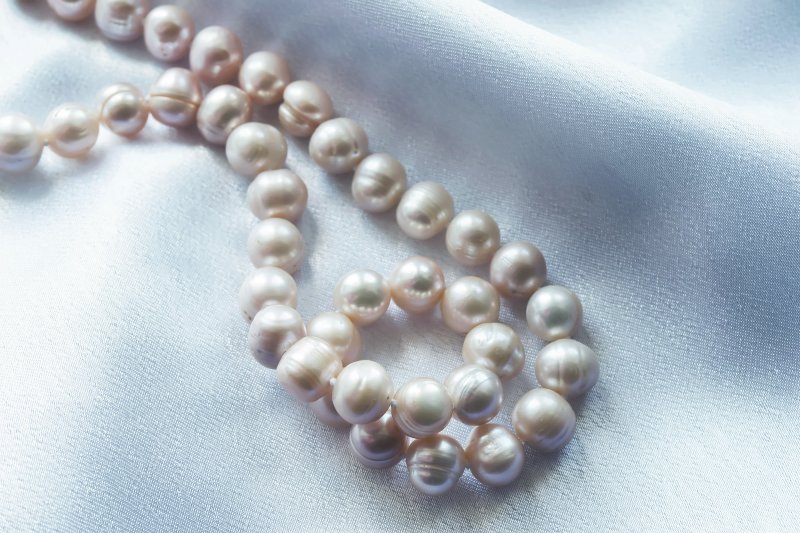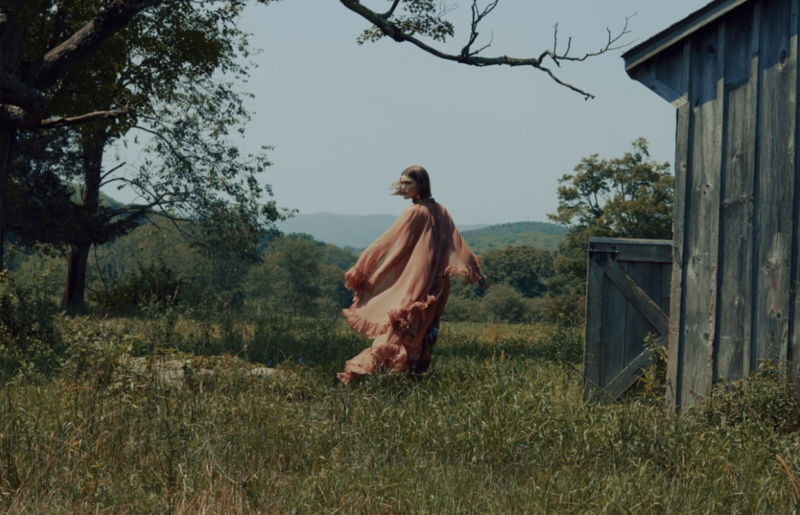by Mirella Haddad
As symbol of purity, perfection and elegance, every woman on earth dreams to have a piece of jewelry adorned with pearls to complete her look with one of the finest gifts nature produces. Arising naturally in a wide range of sizes, shapes and colors, pearls have long captured the attention of jewelry lovers. However, natural pearls are rare, as only one out of 10,000 mollusks produce the divine creation within their shell. In the early 20th century, the cultured pearl industry developed techniques to improve their production. More are produced now than any other time in human history and in more countries than ever before such as Australia, Tahiti and China. We simply couldn’t help ourselves but give you a general idea about their shapes, types and colors of one earth’s most cherished creations.
Pearls’ shapes and sizes
Since pearls are natural products, they might show minor imperfections in shape. When a mollusk produces the layers that form the pearl, each layer does not always surround all the pearl’s sides. Most often, these uneven layers serve as an easy way to distinguish between a natural and an artificial one. A pearl’s size and shape also depend on the species of mollusk that produced it, the time it took to get formed, where it was formed inside the shell, the temperature and chemistry of the water as well as the health of the mollusk.
.jpg)
Pearls’ types
Natural pearls are extremely rare. In the past, many were found on the Persian Gulf, but because of harvesting, we can only find small natural pearls that have become very expensive.
Cultured pearls are grown in pearl farms, where the mollusks are raised until they become old enough to accept the mother-of-pearl nucleus. Through a delicate surgical procedure, a technician implants the bead in the mollusk before returning it to the water to form the pearl. In this case, not all produce pearls and not all the pearls are high-quality.
Pearls can be found in saltwater and freshwater. In saltwater, we can find the akoya cultured pearls grown in Japanese and Chinese waters. They range in size between 2mm and 10mm – which is very rare – and come usually in white or cream color and a round shape.
.jpg)
Australia, Indonesia and the Philippines produce the South Sea pearl that ranges in size between 9mm and 20mm – which makes them the largest of all – and can be naturally white, cream or golden.
.jpg)
Although called Tahitian pearls, they are not exclusively found in Tahiti, but also in a number of islands in the French Polynesia. Their sizes range from 8mm to 16mm. Called black pearls, their colors also include grey, blue, green and purple.
.jpg)
Those found in freshwater such as lakes and rivers, are often white and resemble the akoya cultured pearls in shape and size. Also available in various shapes and in an array of pastel colors, many fresh water pearls don’t have a nucleus, which explains the pearl’s thicker nacre color.
.jpg)
Pearl’s colors
Pearls come in a variety of colors, from white, yellow, golden and pink to black.
Akoya pearls are the classic white ones with a pinkish overtone.
.jpg)
Freshwater pearls come in a wide variety of colors such as lilac and pinky peach, while South Sea pearls are divided into two categories: “White South Sea pearls” and “Golden South Sea pearls”.
.jpg)
Tahitian pearls are the only naturally dark pearls and most often have colors of silver, grey and green.
.jpg)











